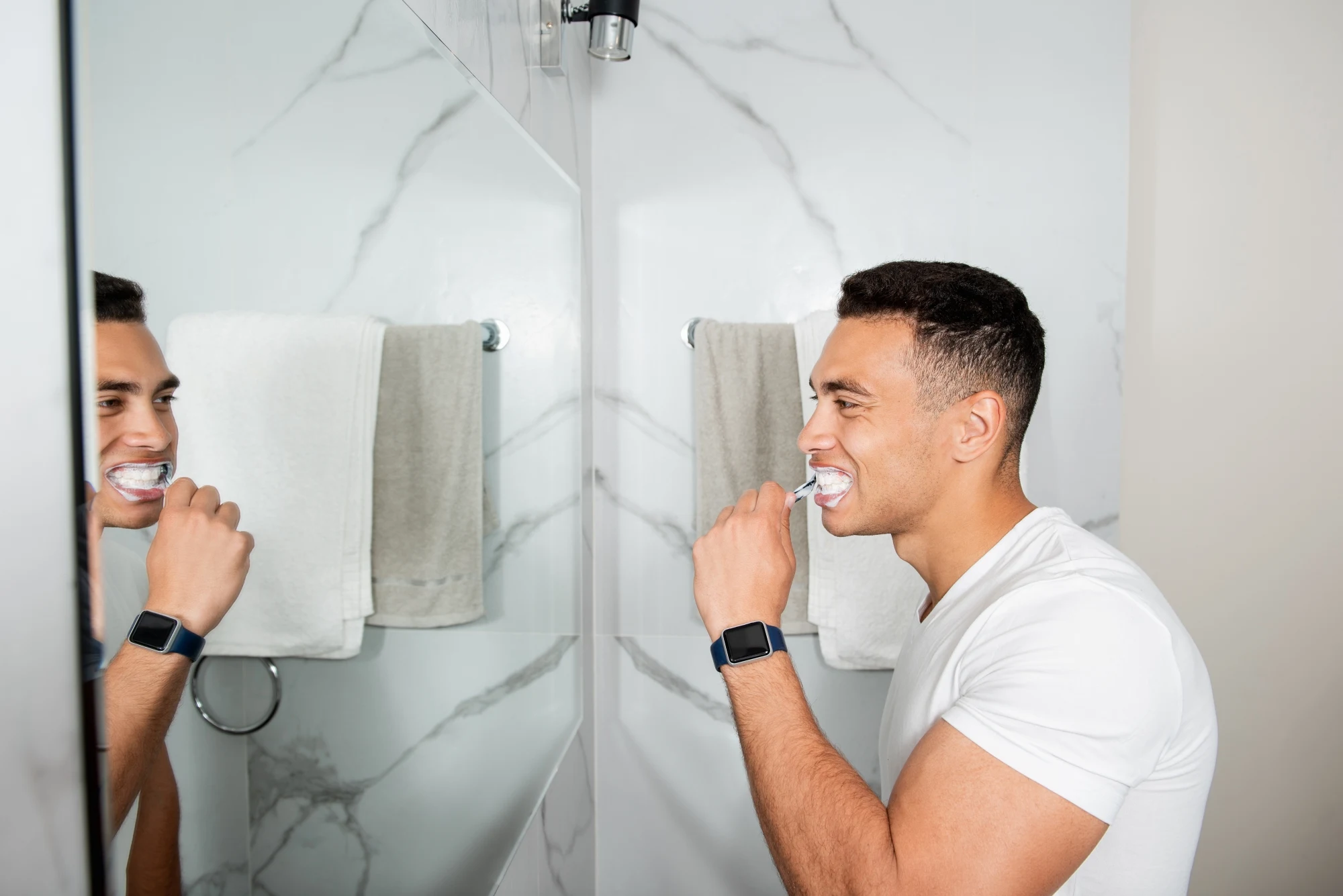
How Often Should You Change Your Toothbrush?

This blog has been reviewed and approved by Francesca Dusio, an Italian registered Dentist with a strong international background.
Table of Contents
Key Takeaways
- Replace your toothbrush every three months, especially if you notice frayed or worn bristles, discoloration, or low cleaning quality.
- Risks of not changing your toothbrush include plaque buildup, tooth decay, cavities, and gum disease.
- When choosing a toothbrush, look for one with soft bristles. You can choose a manual toothbrush or an electric one. Electric toothbrushes generally offer a better clean, thanks to their rotating and vibrating bristles.